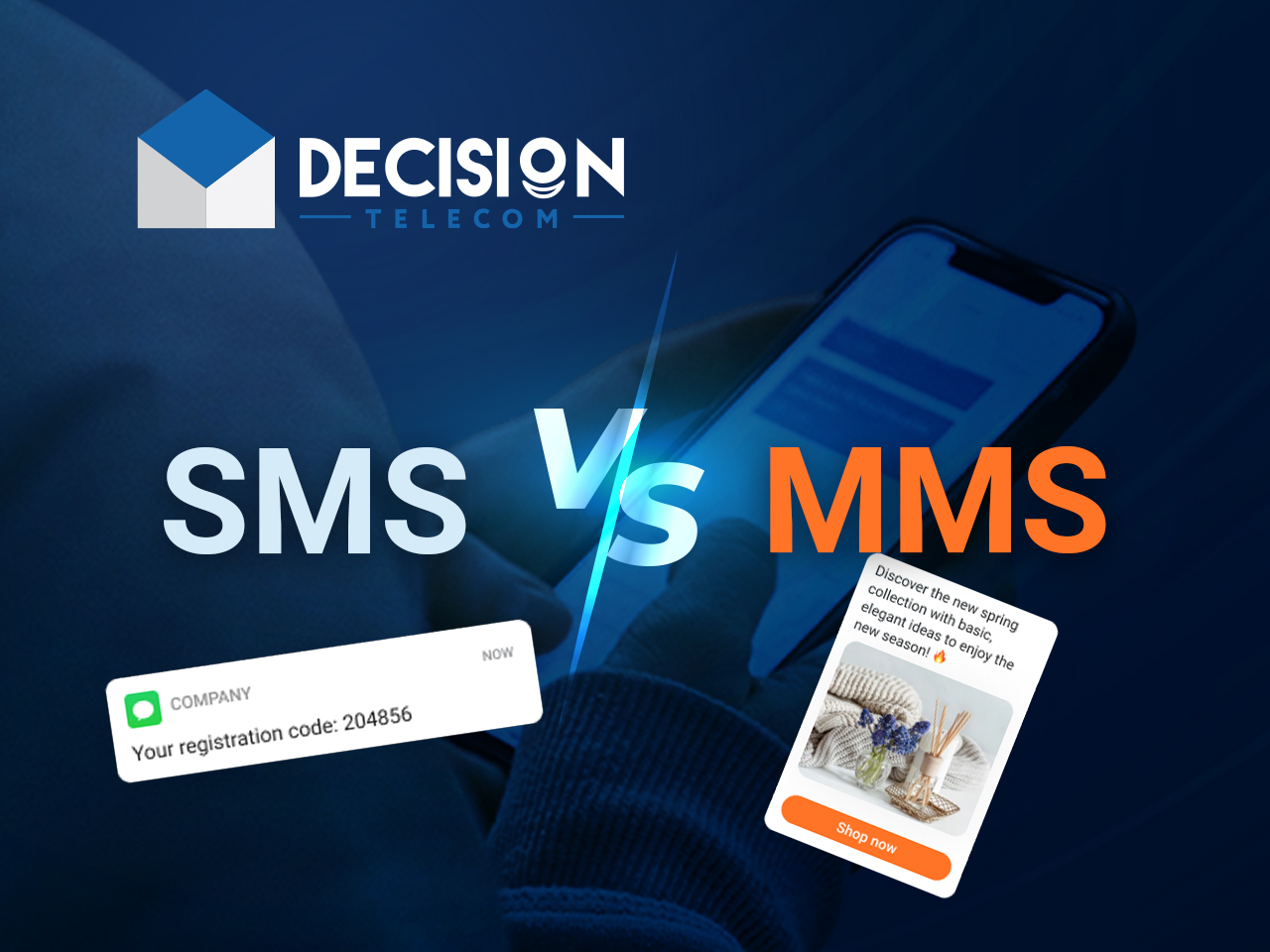Unveiling The Mysteries Of MMS Video: A Comprehensive Guide
The rise of multimedia messaging has transformed the way we communicate, and MMS video stands at the forefront of this evolution. With the ability to share short video clips alongside images and text, it has become an integral part of our digital interactions. But what exactly is MMS video, and how has it changed the landscape of communication? In this article, we will delve into the intricacies of MMS video, exploring its functionality, popularity, and impact on our everyday lives.
As technology continues to advance, the demand for instant communication grows. MMS video allows users to send and receive video files through their mobile devices, making it easier than ever to share moments in real-time. Whether it's a quick clip from a family gathering or a fun moment with friends, MMS video brings a personal touch to our messages. But how did this form of communication come into existence, and what are its advantages over other formats? This guide will answer these questions and more.
In a world where visual content reigns supreme, the ability to send and receive MMS video has changed the way we express ourselves. But what does the future hold for this technology? With the advent of new platforms and communication methods, MMS video must adapt to stay relevant. Join us as we explore the evolution of MMS video, its current uses, and what lies ahead for this dynamic medium.
What is MMS Video?
MMS video refers to the multimedia messaging service that allows users to send video files through their mobile phones. Unlike traditional text messages, MMS can handle larger files, making it an ideal medium for sharing video clips. This service is widely supported across various mobile networks, ensuring seamless communication.
How Does MMS Video Work?
The process of sending an MMS video is straightforward. Users can select a video from their device's gallery or record a new clip directly through their messaging app. Once the video is chosen, the user simply attaches it to a message and sends it to the recipient. The recipient receives a notification and can view the video directly on their device.
What Are the Benefits of Using MMS Video?
- Instant Communication: MMS video allows for immediate sharing of visual content, making communication more interactive.
- Enhanced Expression: Videos convey emotions and messages more effectively than text alone.
- Convenient Sharing: Users can easily share moments with friends and family, regardless of distance.
Are There Limitations to MMS Video?
While MMS video offers numerous benefits, it also comes with certain limitations. For instance, mobile networks often impose size restrictions on video files, which can limit the quality and length of the videos shared. Additionally, not all devices or networks support MMS, which can lead to compatibility issues.
How Does MMS Video Compare to Other Video Sharing Methods?
MMS video is just one of many ways to share videos. Other popular methods include social media platforms, email, and dedicated video-sharing apps. Each method has its pros and cons, but MMS video stands out for its simplicity and directness, allowing for quick sharing without the need for an internet connection.
Who Uses MMS Video?
MMS video is used by a wide range of individuals, from teenagers sharing fun moments with friends to professionals sending quick updates to colleagues. It has become a staple in personal communication, allowing for a more intimate connection through visual content.
What Are Some Creative Uses for MMS Video?
The versatility of MMS video opens up a world of creative possibilities. Here are a few ideas:
- Personal Greetings: Send birthday wishes or holiday greetings through a personalized video.
- Sharing Memories: Capture and share special moments with loved ones, such as weddings or vacations.
- Quick Updates: Provide a visual update on projects or events to colleagues or clients.
What is the Future of MMS Video?
As technology continues to evolve, the future of MMS video looks promising. With the increasing popularity of video content, we can expect to see enhanced features and capabilities in MMS services. Innovations in mobile technology may lead to higher-quality video sharing, broader compatibility, and new ways for users to connect with one another.
In conclusion, MMS video has revolutionized the way we communicate by adding a visual element to our conversations. It allows us to share experiences, emotions, and moments instantly and conveniently. As we move forward into a more connected world, MMS video will undoubtedly continue to play a crucial role in our digital interactions.



ncG1vNJzZmivp6x7s7HBnqOrmZ6YtbjFzmeaqKVfmbykwcyepa2Zop6ytH2SaKSmq12rtqWxzmefraWc